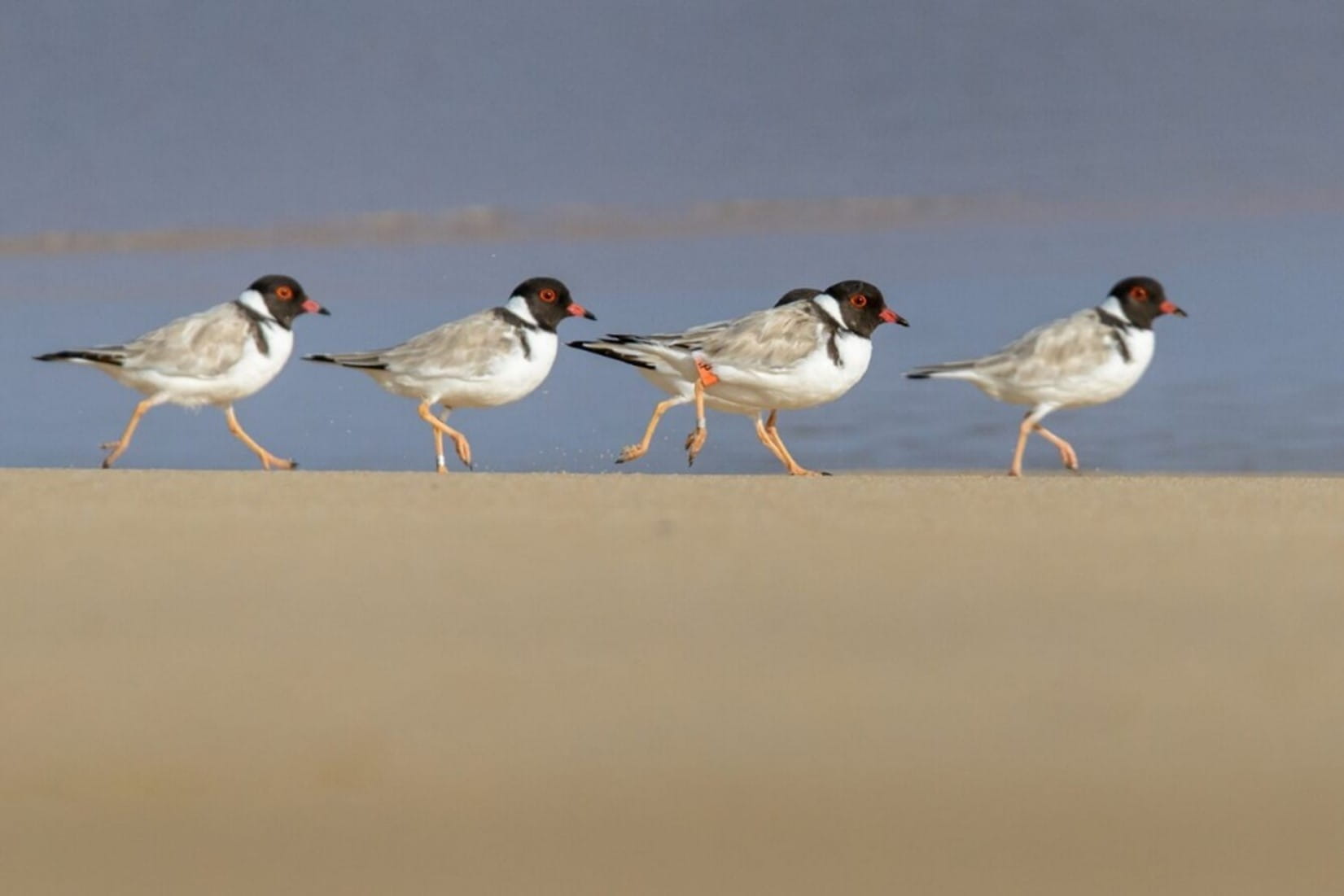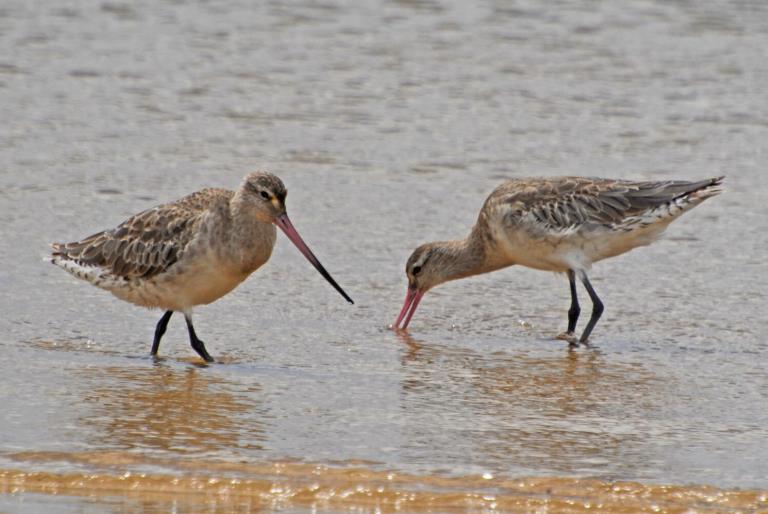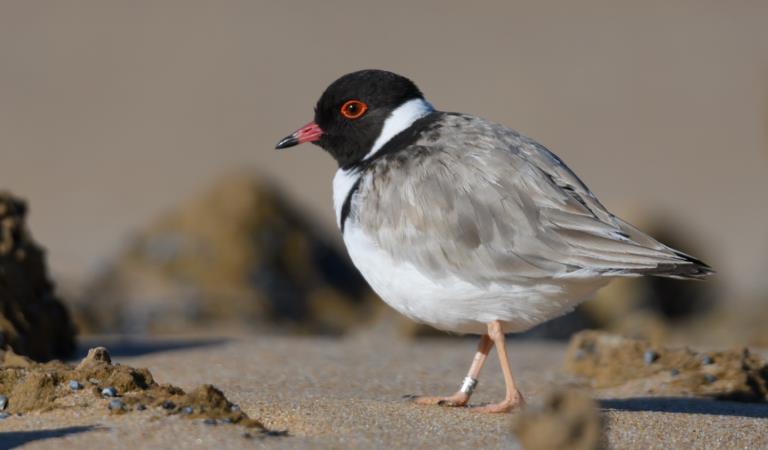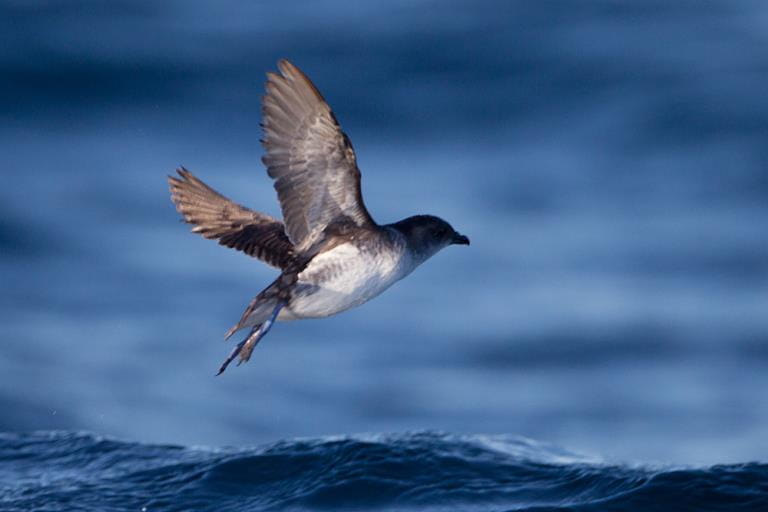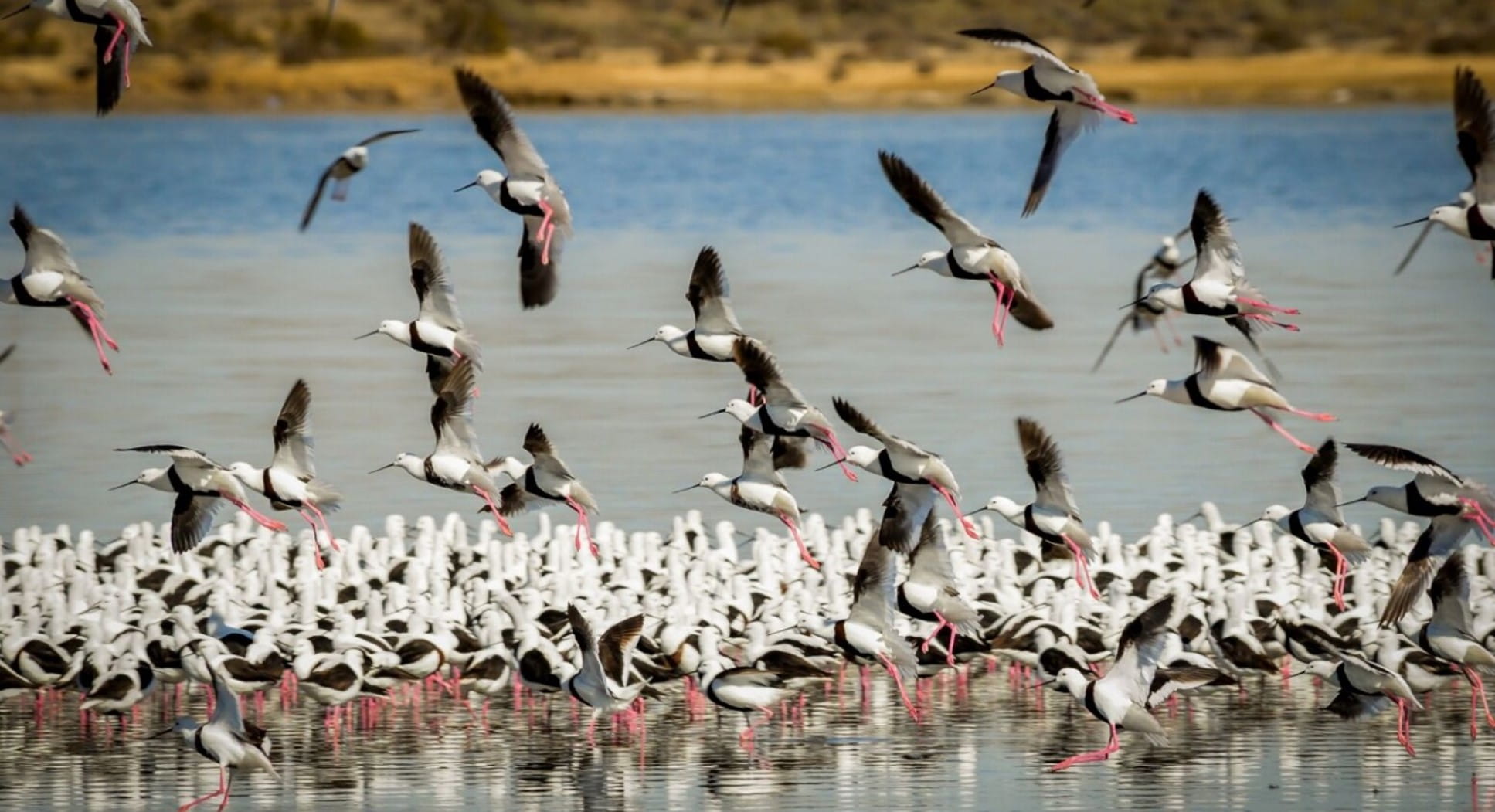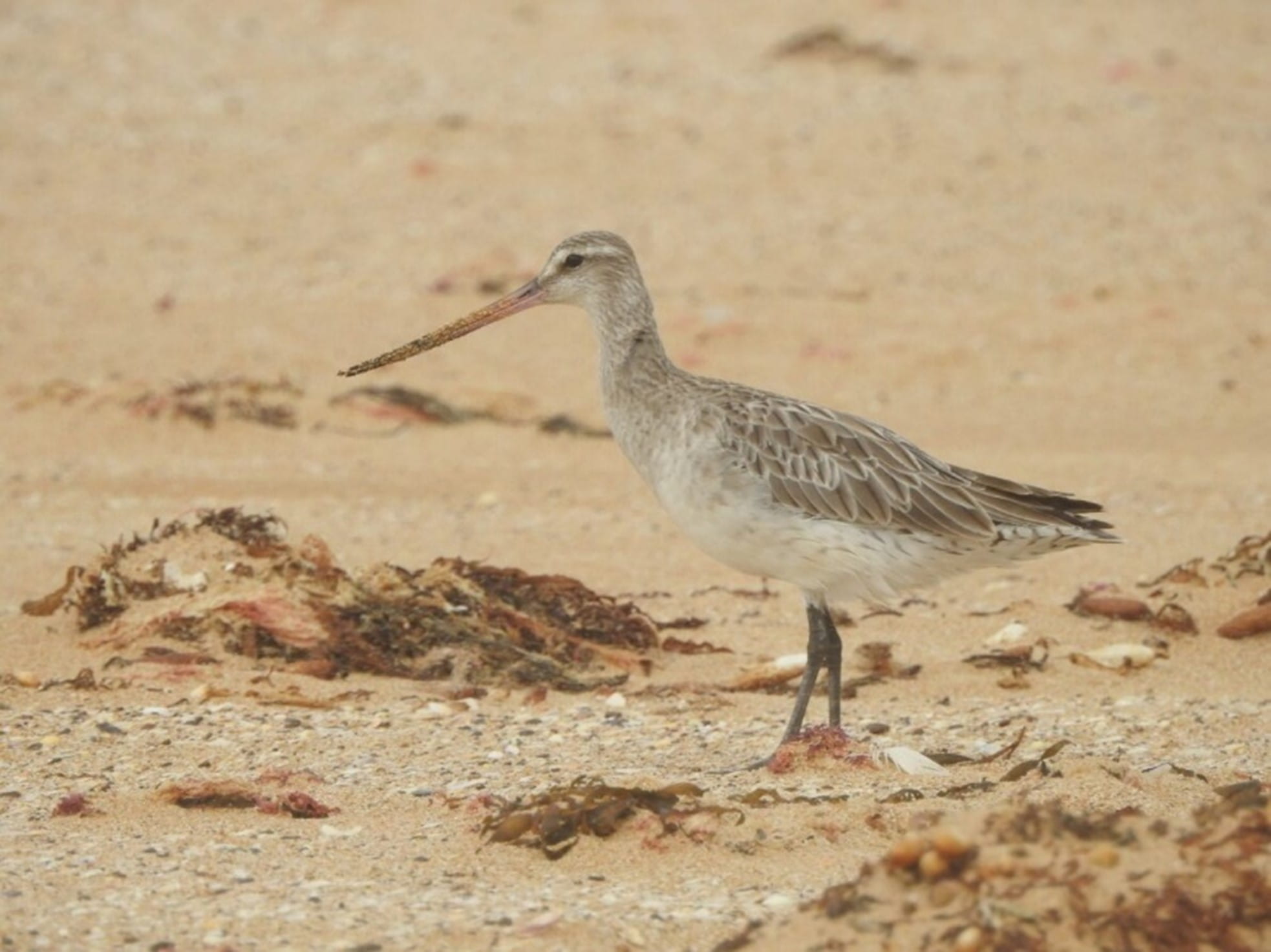
Shorebirds
Australia is home to more than 50 different species of shorebird. While some of these birds take marathon flights of endurance to and from the sub-arctic regions, others opt for shorter stopovers to and from New Zealand. Some species will stay in Australia for their entire lives. Most migratory shorebirds, such as the Bar-tailed Godwit, arrive in Australia in their non-breeding plumage. Image credit: Kerry Vickers.
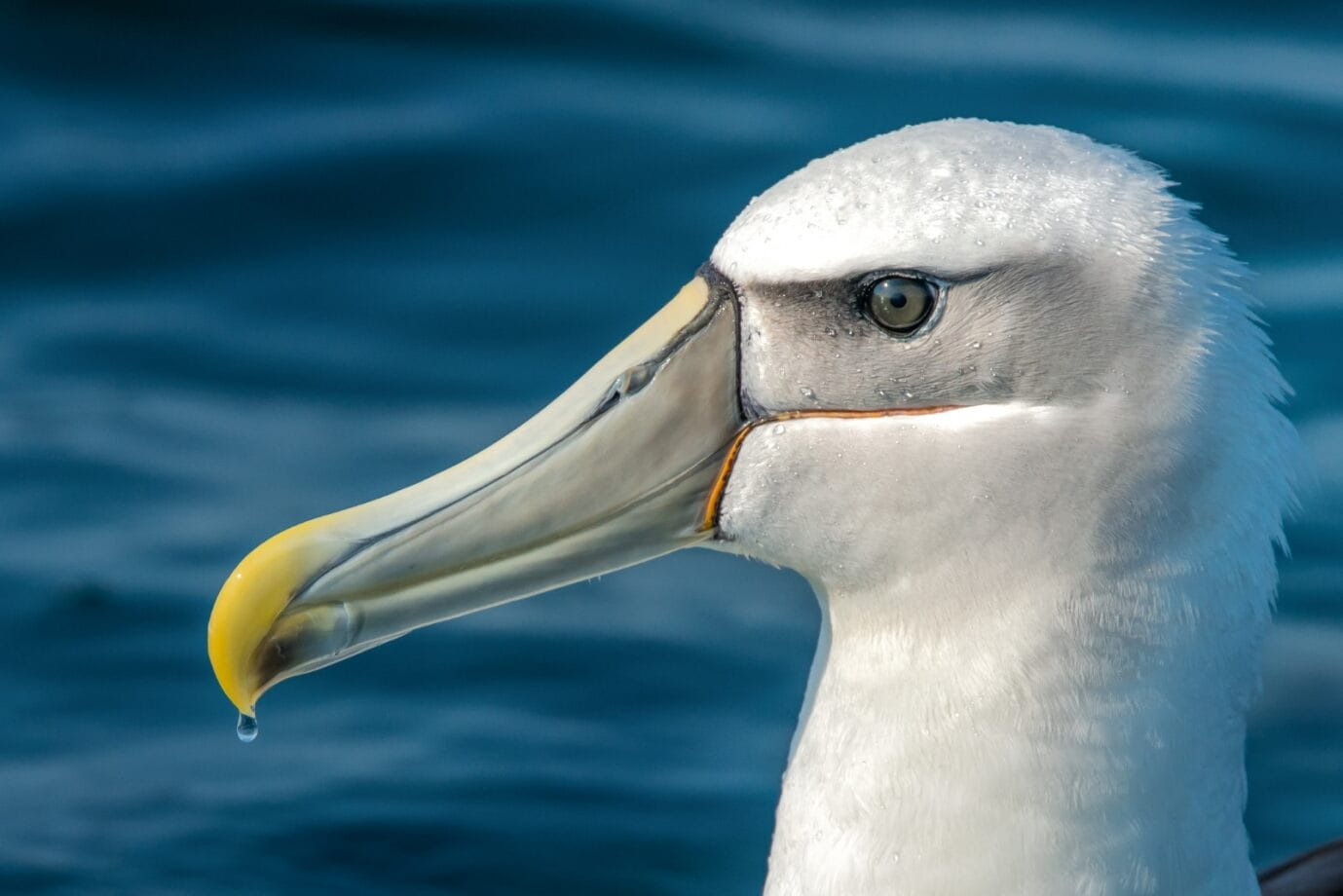
Seabirds
There is no single definition for a seabird, but all are highly dependent on the marine environment. Most will spend their entire life at sea. Webbed feet are a core characteristic of these birds and they have significantly more feathers for insulation and waterproofing. Their ability to excrete excess salt from ingesting saltwater means that they do not need to find fresh water to survive. This Shy Albatross is shown with a small water droplet coming from its beak. The droplet is highly concentrated in salt and was excreted from an internal desalination gland in their head. Image credit: Mark Lethlean
Six spectacular shorebirds and where to find them in Victoria, Australia
How people power is helping the humble Hooded Plover
Shifting tides: safeguarding Wilsons Promontory Marine National Park from a changing climate
Flocking together - How citizen science volunteers are making a difference in shorebird conservation
“While the Victorian Ramsar wetlands provide some of the most important conservation areas for shorebirds, every little wetland is important and plays a role. Any place where the water meets a muddy or sandy shore with a good supply of invertebrate food is potentially important for shorebirds and seabirds. The least we can do is offer them a soft landing and safe place to forage and rest.”
Dr. Mark Antos, Manager of Biodiversity Science at Parks Victoria


